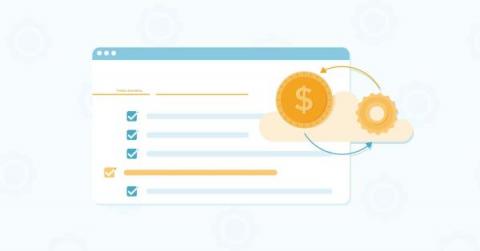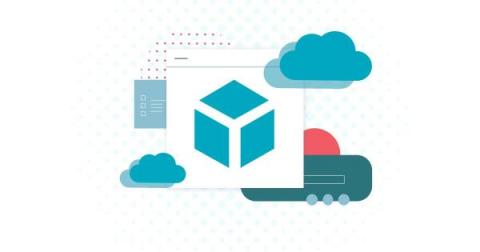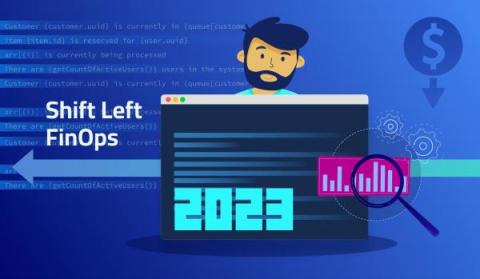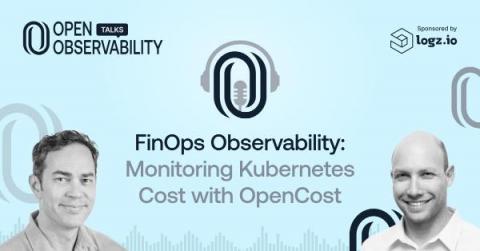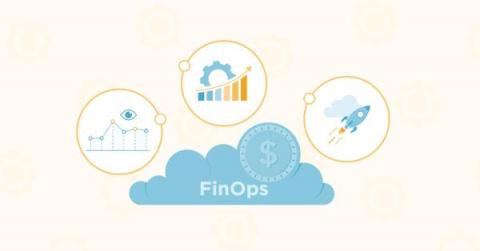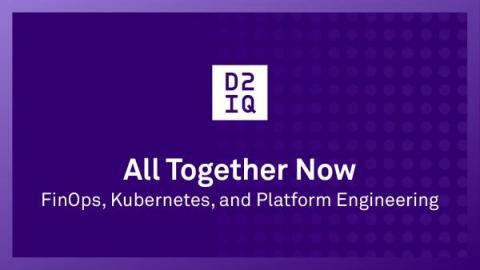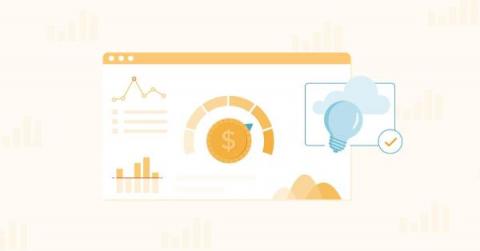Operations | Monitoring | ITSM | DevOps | Cloud
Latest Posts
How to Benchmark Cloud FinOps Effectively
2023 is When More FinOps Practices will Shift Left and Cost Optimization around Logging will Get Central Stage
Effective troubleshooting and resolution of critical production issues require DevOps and R&D teams to utilize logging and observability. However, selecting the right logging solution can be challenging, given the wide range of available options and associated costs. Additionally, the strategy for logging usage should be tailored to the needs of different personas and use cases, such as DevOps engineers versus developers.
FinOps Observability: Monitoring Kubernetes Cost
With the current financial climate, cost reduction is top of mind for everyone. IT is one of the biggest cost centers in organizations, and understanding what drives those costs is critical. Many simply don’t understand the cost of their Kubernetes workloads, or even have observability into basic units of cost. This is where FinOps comes into play, and organizations are beginning to implement those best practice standards to understand their cost.
How To Incorporate FinOps Into The DevOps Lifecycle
FinOps Vs. The Old Way: How Cloud Cost Optimization Is Evolving
All Together Now: FinOps, Kubernetes, and Platform Engineering
Teams and organizations are leveraging Kubernetes to build platforms supporting their digital transformational efforts. A Kubernetes-based platform provides cloud-native architecture benefits such as automation, elasticity, resilience, and abstraction of the underlying infrastructure.
Top 5 FinOps Tips to Optimize Cloud Costs
The efficiency, flexibility and strategic value of cloud computing are driving organizations to deploy cloud-based solutions at rapid pace. Fortune Business Insights predicts the global cloud computing market will experience annual growth of nearly 18% through 2028. As the cloud becomes one of the most expensive resources for modern organizations, cloud financial management, or FinOps, has become a critical initiative.
6 Examples Of FinOps KPIs That Will Improve Your Margins
Measuring cloud cost efficiency for FinOps
Public cloud can deliver significant business value across infrastructure cost savings, team productivity, service elasticity, and DevOps agility. Yet, up to 70% of organizations are regularly overshooting their cloud budgets, minimizing the gap between cloud costs and the revenue cloud investments can drive.


